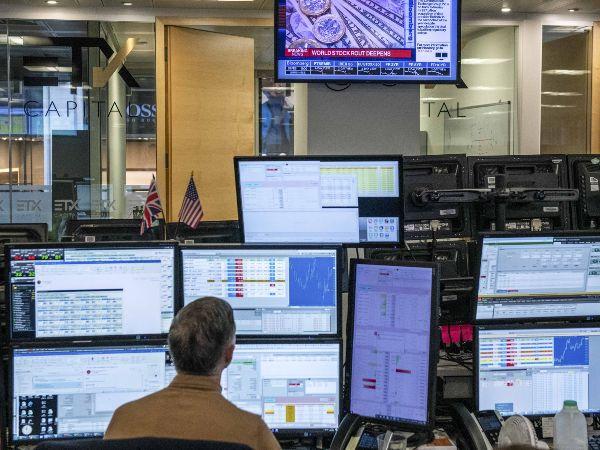How to buy or invest in BP shares
You can buy BP shares in two different ways. The traditional way is to invest in the company by share dealing. Here, you’re buying shares directly in the company and becoming a shareholder – making you eligible to receive dividends (if paid) and vote in company decisions. The other way is to trade derivatives, like spread bets and CFDs.
Trading derivatives involves speculating on the rise and fall of the market price of shares. If you think they’ll go up, it’s called ‘going long’. If you reckon they’ll go down, that’s known as ‘going short’.
How much would it cost to invest in BP?
↵
| UK best commission | UK standard commission | |
| AAA | £3 | £8 |
| Hargreaves Lansdown | £5.95 | £11.95 |
| AJ Bell | £4.95 | £9.95 |
Get our best commission when you make three or more trades in the previous calendar month.
If investing in BP shares isn’t for you, you can trade on the price of the shares with derivatives. You’ll be able to:
- Get full exposure with a small deposit – typically 20-25% of the full value of the trade
- Spread bet without paying tax on your profits
- Hedge your positions with CFDs, offsetting losses against potential profits
How to sell or short BP shares
When the time comes to sell your BP shares – either to take a profit or cut a loss – you can do so easily via our share trading platform. Already own BP shares with another provider? No problem – transfer your electronic shares to us at no cost to you.
Alternatively, you could short BP shares. ‘Shorting’ or ‘short-selling’ shares with spread bets or CFDs means you can make a profit if the share price falls. This is possible because you can take a position without actually owning any shares by using leverage.
You can also short shares to hedge your existing investment. If you suffer losses from one position, the profits from the other will offset those losses. Learn more about hedging.
BP shares: the basics
Headquartered in London, BP has operations in 79 countries across Europe, North and South America, Asia, Australasia and Africa. It has a primary listing on the London Stock Exchange (LSE) and a secondary listing on the Frankfurt Stock Exchange (FWB). You’ll find BP listed under the ‘BP’ ticker.
BP appointed a new chief executive officer (CEO) on 1 July 2020, Bernard Looney, who has served on the company’s top executive team since November 2010. Leading the oil and gas company into sustainable territory, Looney drove reductions of nearly 3 million tons of CO2 equivalent in just two years.
BP hasn’t escaped the negative impact of the coronavirus pandemic. Share prices fell drastically earlier this year, taking its biggest tumble in mid-March – going from 453p at the start of February to 236p on 18 March.
Have a look at the graph below showing the fall of the BP share price from 3 February 2020 to 14 August 2020.
How to analyse BP’s share price
For accurate insight into BP’s share price performance, you’ll need to do both fundamental and technical analysis.
Fundamental analysis involves looking at the macroeconomic influences that affect a share price. Changes in senior leadership, interest rates, product changes, and in BP’s case, even climate change and pollution – these factors will all impact the share price.
Some of the common metrics you could use to conduct fundamental analysis include BP’s price-to-earnings ratio (P/E ratio), return on equity (ROE), and earnings per share (EPS).
Technical analysis aims to predict what the share price might do in the future by looking at its history. You’ll look at chart patterns and price action to determine what value the market may hold.

